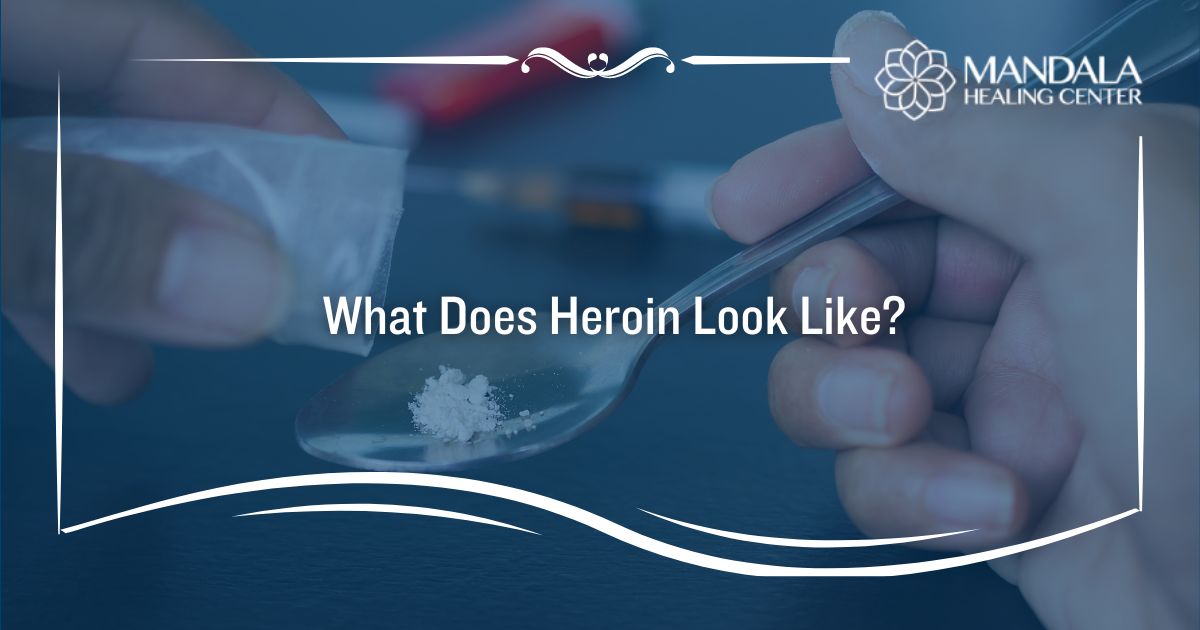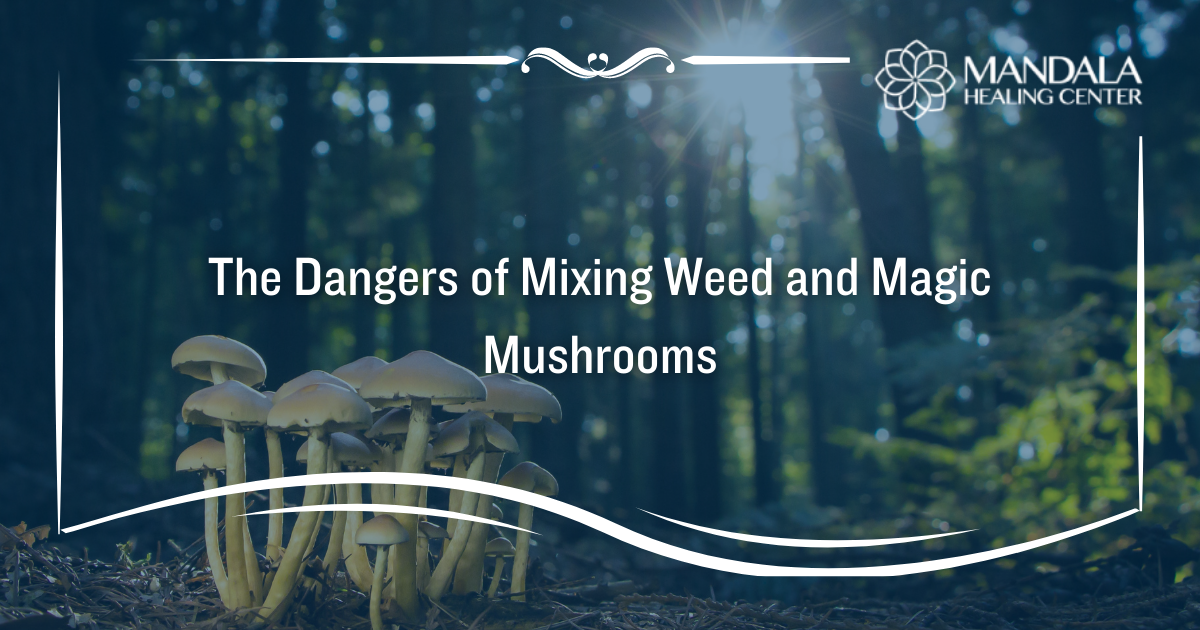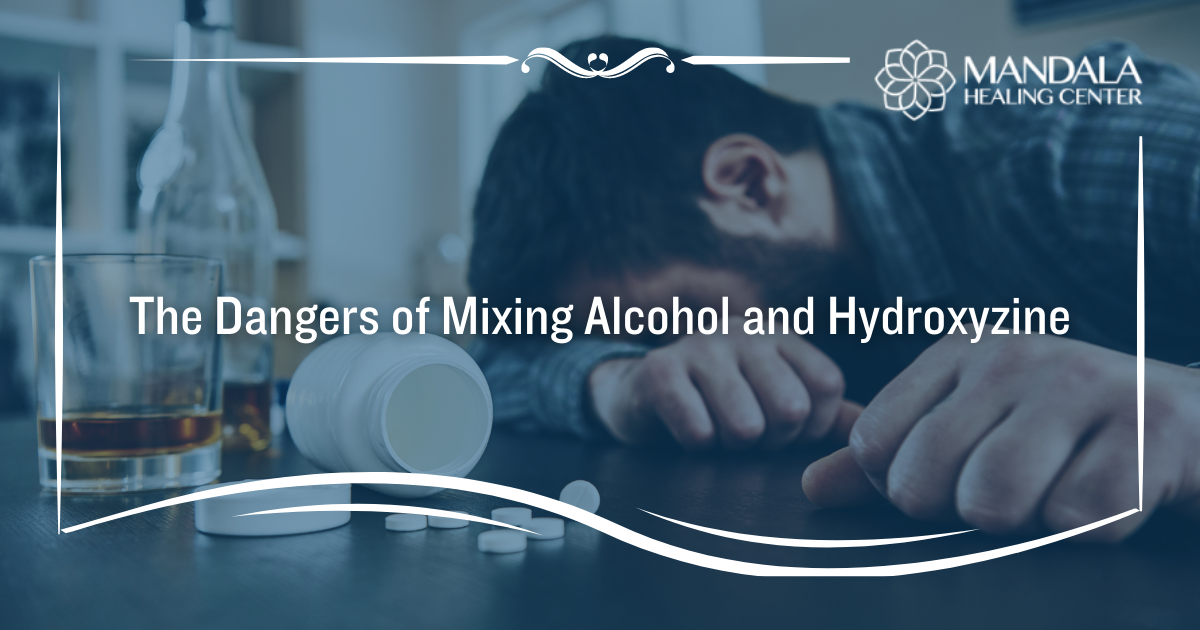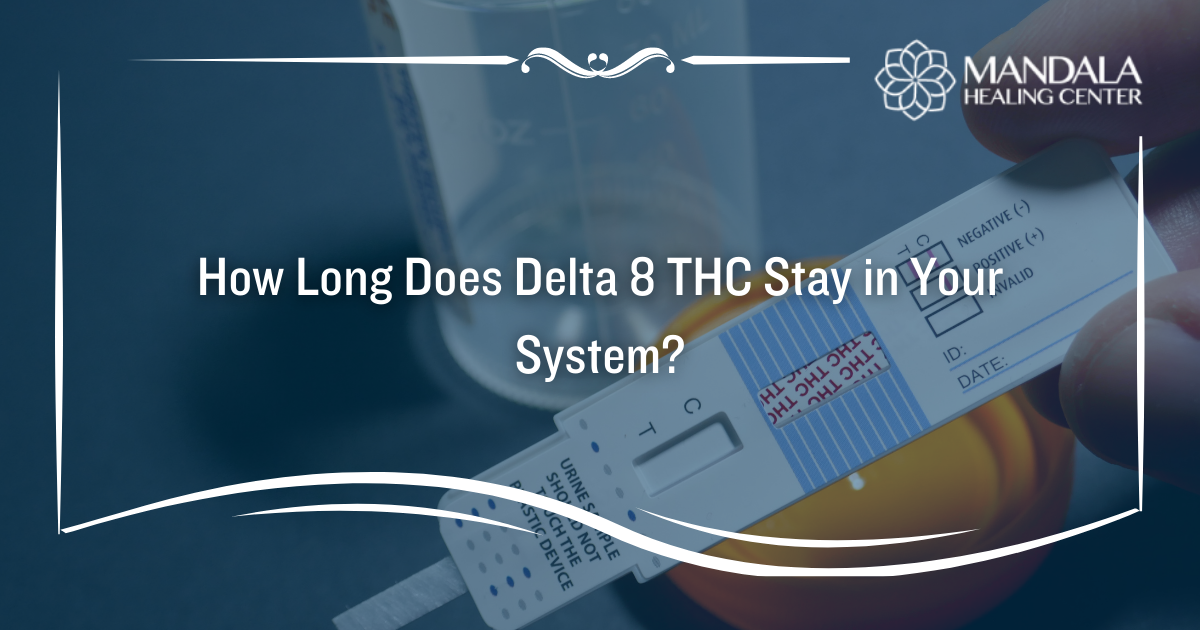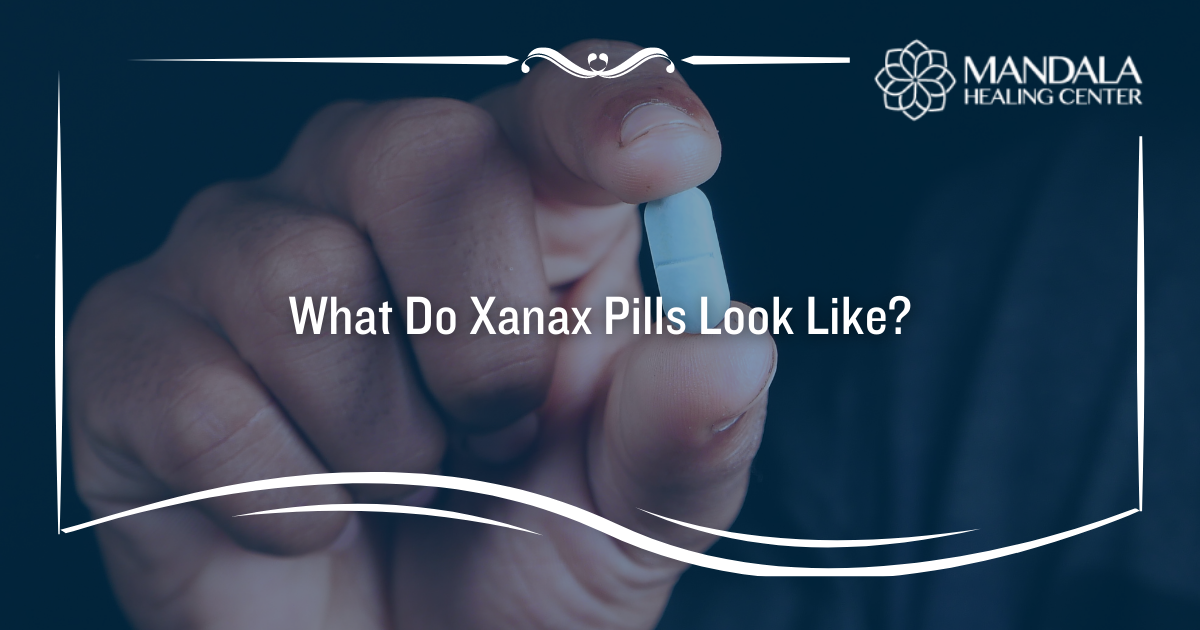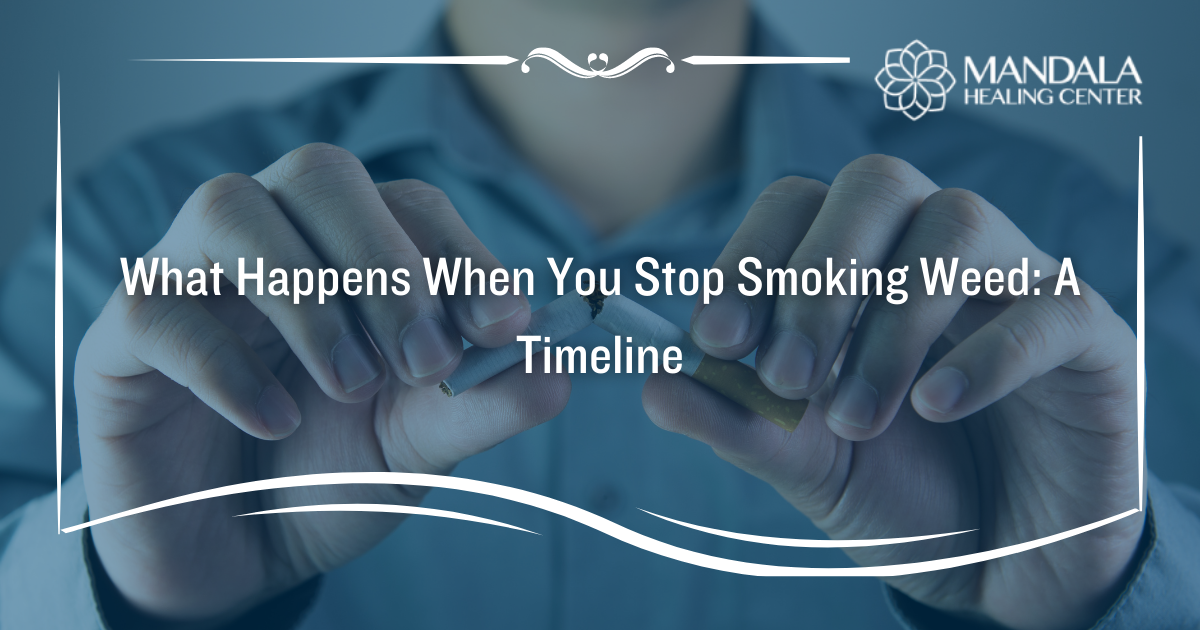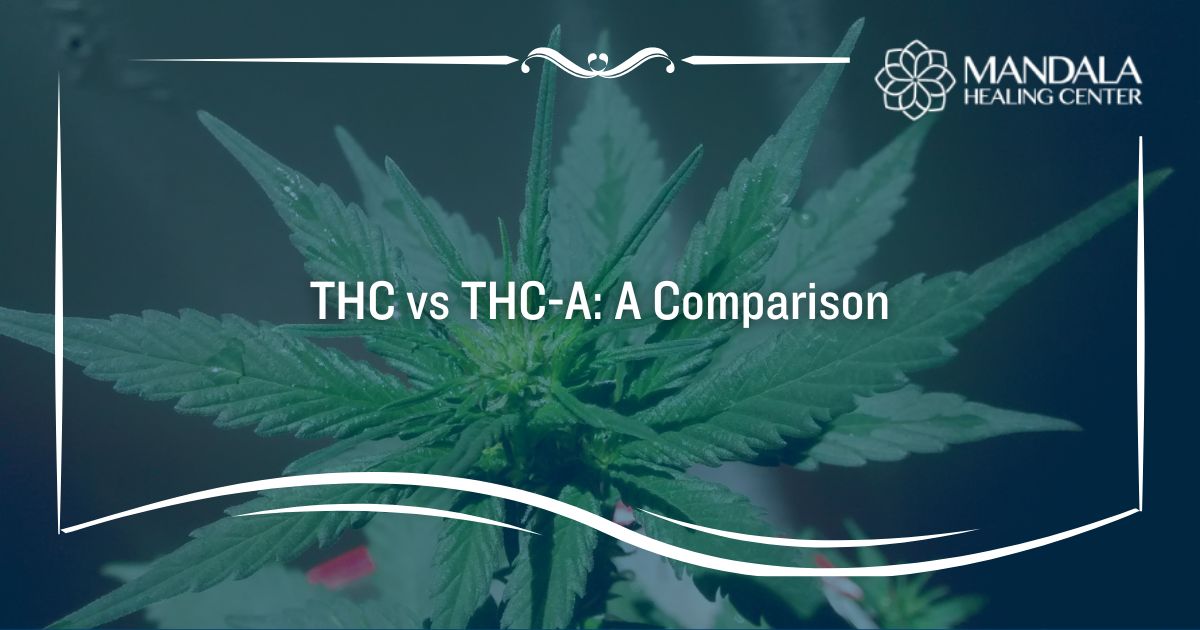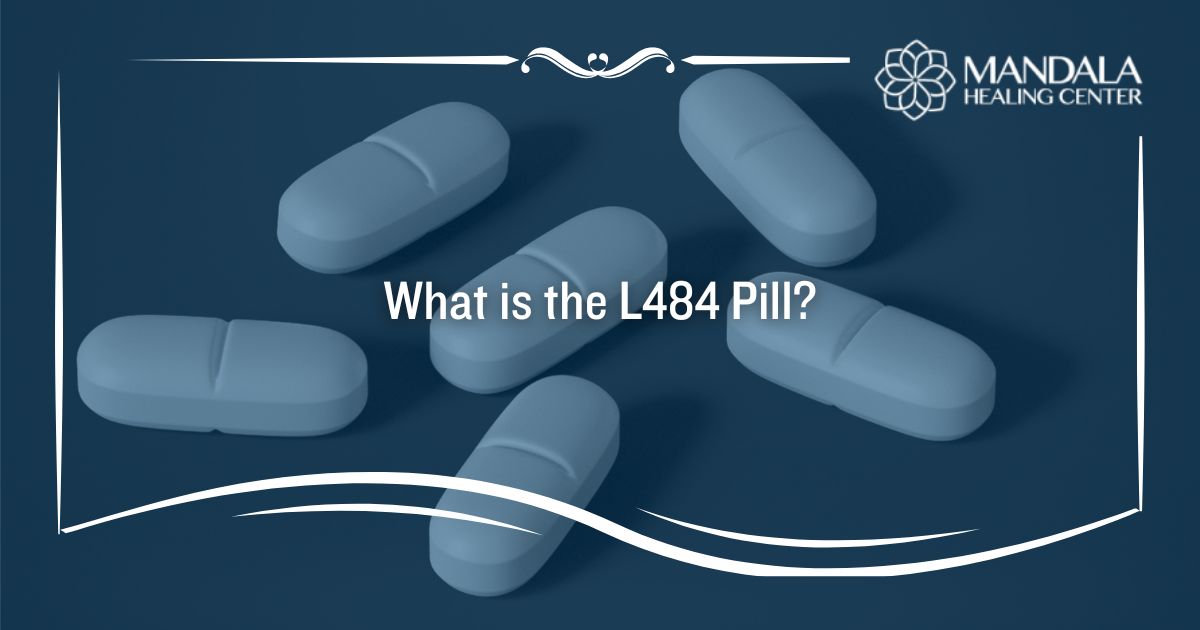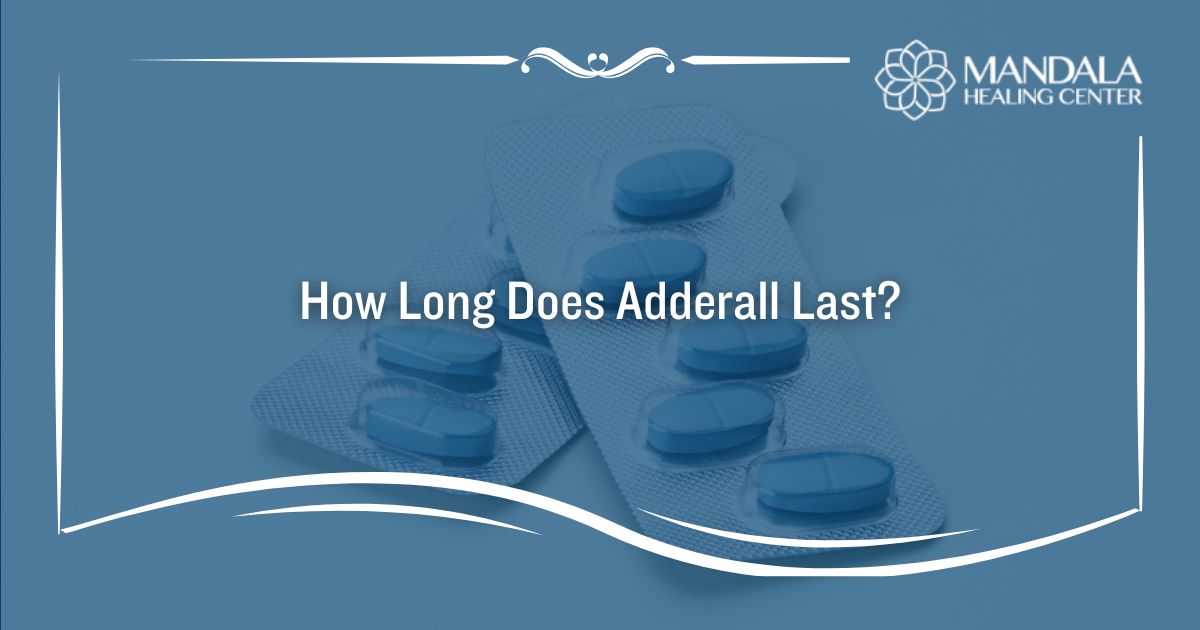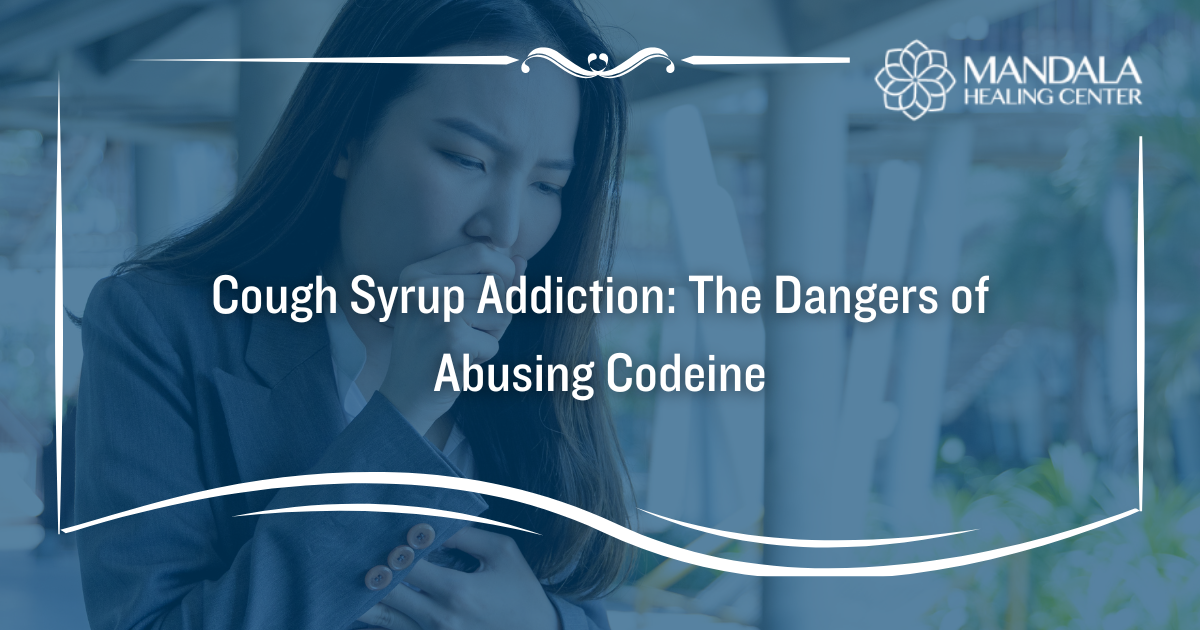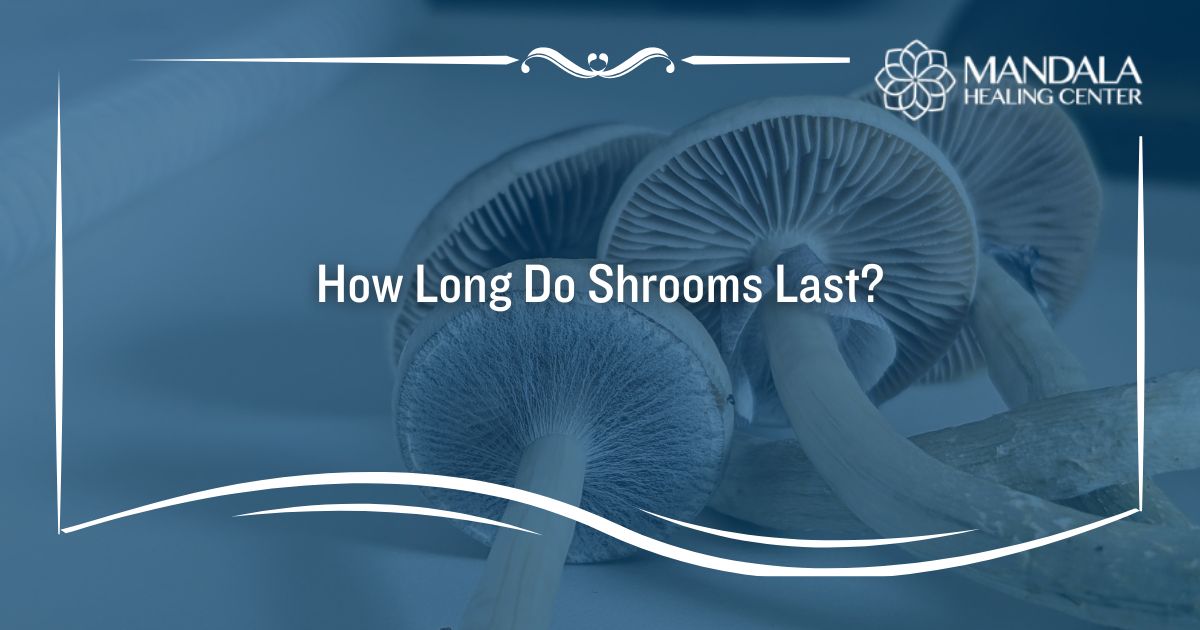Heroin is an illicit opioid drug that comes from the opium poppy plant. It is abused for effects like intense euphoria, drowsiness, and feelings of pleasure. Unfortunately, whether you smoke, snort, or inject heroin, doing so is incredibly dangerous and leads to a risk of overdose.
According to the National Institute on Drug Abuse (NIDA), there were 5,871 heroin overdose deaths in 2022.[1] While this is lower than in previous years, the decrease in heroin-related deaths is most likely because most people are receiving fentanyl instead of the heroin they believe they are purchasing.
If you believe that a loved one abuses heroin, you might be wondering what heroin looks like.
There are two main types of heroin: powdered heroin and black tar heroin. Powdered heroin comes in many colors, including white, tan, brown, and vibrant colors like pink or purple. Black tar heroin is a tacky paste that is dark brown or black.
No matter which form of heroin you are abusing, you will develop an addiction and are at risk of experiencing a life-threatening overdose. As a result, you should always seek professional addiction treatment.
In this article, you will learn:
- What does heroin look like
- What is the difference between powdered and black tar heroin
- Can you tell if there is fentanyl in your heroin by looking at it
- How to spot the signs of a heroin or fentanyl overdose
Identifying Heroin: What Do Different Types of Heroin Look Like?
Heroin addiction is a chronic and severe condition that leads to numerous physical and mental health risks. If your loved one is abusing heroin, they might be sharing needles with other people. As a result, they are at risk of contracting diseases like HIV or hepatitis and life-threatening overdoses.
Knowing what heroin looks like can help you determine if your loved one is abusing it. There are two main types of heroin, including powdered heroin and black tar heroin. They tend to look extremely different, as one is a fine powder while the other is a sticky and tacky substance.
Powdered Heroin
Powdered heroin is a fine powdery substance. It comes in many different colors, however, most people believe that “pure heroin” is lighter in color, either a tan or white powder. That said, you can find powdered heroin in a variety of different colors, including darker shades of tan, brown, and pink or purple.
When street heroin is found in colors like pink or purple, it often indicates that it contains dangerous additives. For example, purple heroin has been found to contain a mixture of synthetic opioids like brorphine and fentanyl, making it a potentially fatal substance.[2]
Black Tar Heroin
Black tar heroin got its name because the substance looks like tar. It is a tacky and sticky substance that is dark brown or black. Heroin users might smoke or inject black tar heroin.
Drugs like heroin are rarely pure. Especially when it comes to black tar heroin, there is no telling what additives it contains. Whether you smoke heroin or inject it, doing so could lead to a life-threatening overdose.
Can You Tell if Heroin Has Fentanyl in it By Looking At It?
Heroin is an illegal drug, which means it is manufactured in underground drug labs. Because of this, criminal drug manufacturers often take shortcuts to make their heroin more profitable. This means they could be including dangerous substances like illicitly manufactured fentanyl (IMF).
If you or a loved one abuse heroin, you might be wondering if you can tell whether it contains fentanyl by looking at it. Unfortunately, the answer is no. Fentanyl can come as a white powder that is easily mixed into drugs like heroin without showing any obvious signs.
The only way to determine if your heroin contains fentanyl is by using testing strips. To use fentanyl test strips, you have to dissolve some of your heroin into water, dip the test strip in, and wait for the results to appear.[3]
Signs of a Heroin or Fentanyl Overdose
Heroin and fentanyl overdoses cause similar symptoms. Whether you’ve tested your heroin for fentanyl or not, you should be aware of the signs of an overdose. Because medications like naloxone (Narcan) can reverse heroin and fentanyl overdoses, knowing the signs can save your life.
The signs of a heroin or fentanyl overdose include:[4]
- Pale or clammy skin
- Pinpointed pupils
- Limpness of the body
- Sedation or unresponsiveness
- Vomiting or gurgling noises
- Slowed heart rate and breathing
- Bluish tint to fingernails and lips
If someone you know is experiencing an opioid overdose, contact 911 and administer naloxone immediately.
Finding Help for Heroin Abuse and Addiction
If you or a loved one suffers from heroin addiction, it’s time to seek professional help. At the Mandala Healing Center, we offer evidence-based treatments and a compassionate approach to help our patients overcome opioid use disorders.
Contact us today for more information on our heroin addiction treatment center.
References:
- The National Institute on Drug Abuse (NIDA): Drug Overdose Death Rates
- Wayne State University: Michigan Poison Center issues warning about ‘purple heroin’
- California Department of Public Health: Fentanyl Test Strip FAQ
- The Substance Abuse and Mental Health Services Administration (SAMHSA): Preventing, Recognizing, and Treating Opioid Overdose


